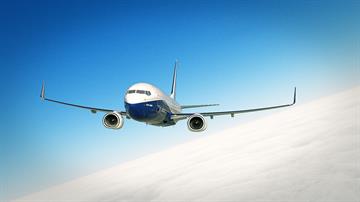BOEING B-737 (300-900)
Following you will find the answers to the most common questions:
NEXT COURSE BEGINS ON: UPON REQUEST
FSTC Europe provides the B737CL and B737NG Type Rating course according to EASA regulations.
Entry Requirements for EASA License holders
- 70 hours as a pilot-in-command of airplanes
- Valid ME, IR (multi-engine, instrument rating)
- Valid CPL (ATPL theory) or ATPL
- Valid Class 1 Medical Certificate
- MCC certificate of completion
- English level 4 according to ICAO requirements
For ICAO License holders
In case the trainee is an ICAO License Holder, other than EASA, the Pre-Entry requirements will be according to their own License Issued Authority Regulations.
Additional training
- LVO (Low Visibility Operations)
- Extra Sessions
The MCC/JOT course can either be integated in your type rating course (please see training footprint) or it can be performed in an FNTP II simulator during your theoretical training.
B737 Facts you should know
- The B737's maiden flight was on April 9, 1967, more than two years before the first moon landing.
- The B737 is the best-selling airliner in modern history, with over 8,500 built.
- On average, more than 1,250 B737s are flying at any time.
- The launch customer for the B737 was the German based Lufthansa Airlines.
- The B737-200 had an optional gravel kit, giving the aircraft the ability to fly into unpaved runways in remote locations.
- The B737 doesn't have gear doors. Instead, the wheels have hub caps on the outside, and the gear wells have brushes on them to create an aerodynamic seal.
- Many of the early B737 models had eyebrow windows, giving pilots better visibility in turns, and making star navigation easier.
- On average, a B737 takes off or lands somewhere every 5 seconds.
